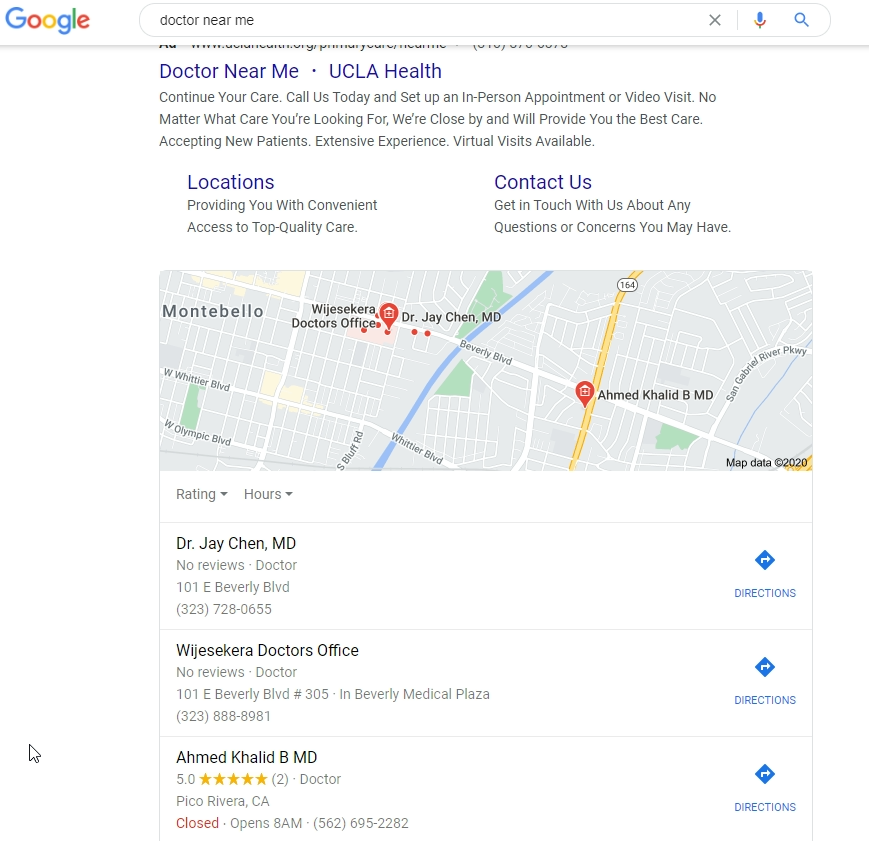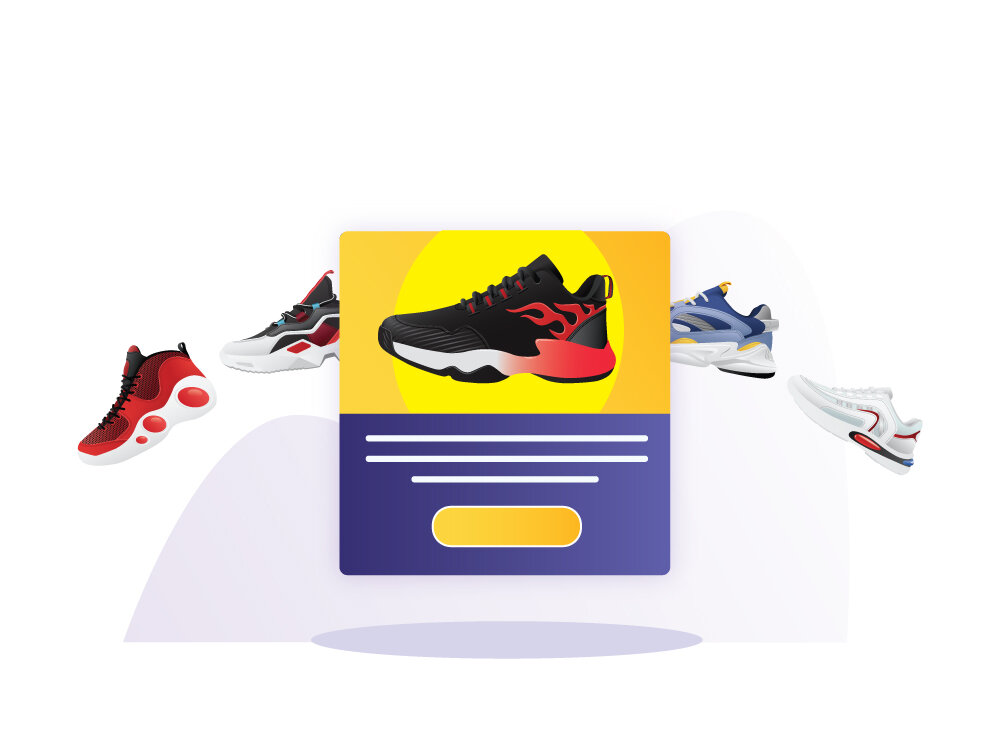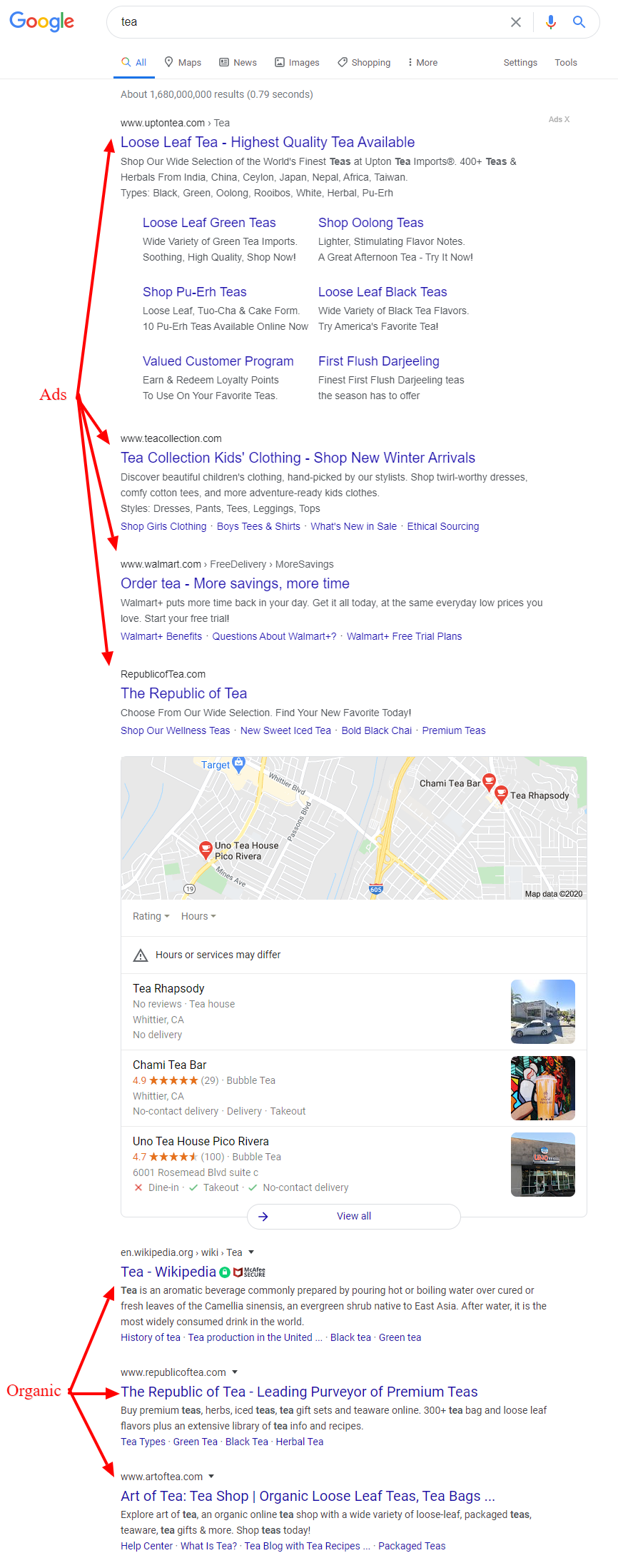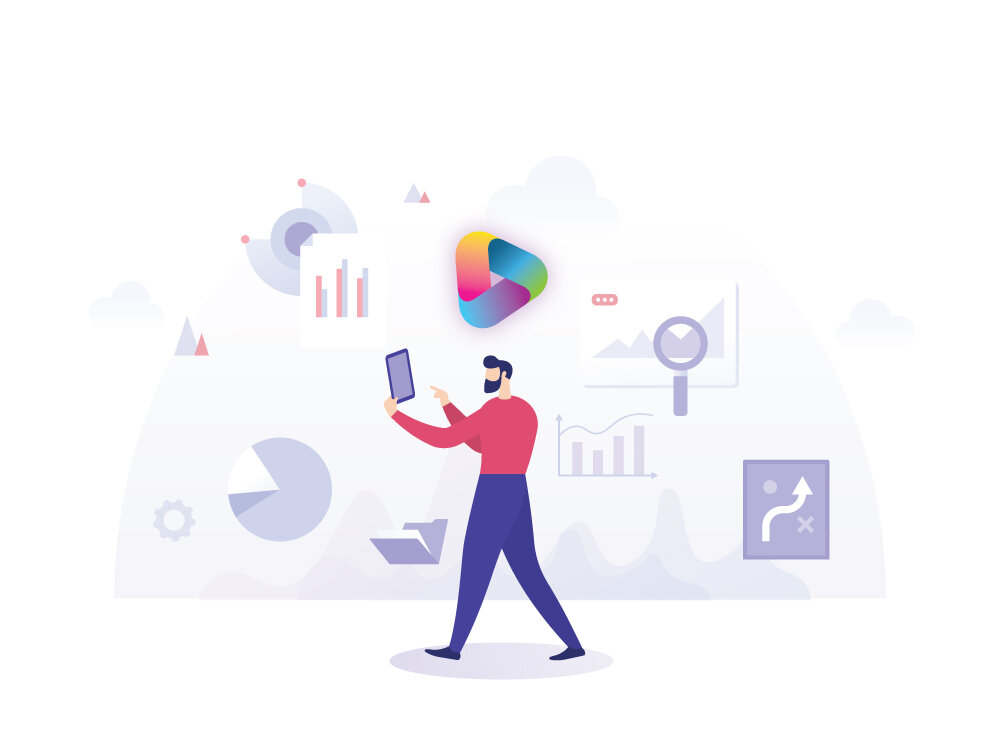Instagram is a one of the best ways for companies to reach their audience and engage with them. Many people assume that posting is the most effective way, but Instagram Stories can also be a powerful tool for a company with a large audience. Using Instagram Stories Analytics can also improve your performance in your market.
Therefore, you should make sure to measure the success of your Instagram Stories. By looking into the analytics of your stories you can further strategize how engagement works with your audience as well as what promotions you should be using.
Learning Instagram Stories Analytics
Instagram Stories analytics are divided into three separate categories: Discovery, Navigation, and Interaction.
Discovery Analytics
The Discovery section of analytics features reach and impressions. Your reach is the number of accounts that viewed your story, while impressions shows the total amount of times your Instagram story was viewed.
These metrics are big for companies, bloggers, and influencers on the platform. Being able to see how many people your story reaches, you will also use this data to compare how much of your audience is watching your story. And you can compare these numbers to your following count to see how much traction your story is getting.
There are a few simple things you can try in order to boost your Instagram’s discoverability (reaching people who do not follow your page). Adding stickers, locations, and hashtags will make your story more likely to appear on the explore section. If you are a small business you can try supporting other small businesses, food order stickers, or gift cards to boost your discoverability as well.
Navigation Analytics
Navigation metrics show how the viewer interacts with your story and there are five you should focus on. Forward Taps are the number of times someone tapped to the next segment of the story. Taps Backward are the number of times some chooses to tap back to see the previous section of the story. Next Story Swipe is when a viewer swipes to the next story entirely, which means they skipped the rest of your story. Exit Story Taps is when a viewer exits your story. This is different from next story swipes because they are more than likely on your Instagram page and only viewing your story. The last one is Navigation which is the all of the metrics put together in one total number.
Navigation Analytics are important because they will help you see what posts on your story are or aren’t working. For example if a viewer swipes to the next story then they more than likely found your posts uninteresting or irrelevant. If they tapped back on your post then that means it attracted their attention and they needed more time to view what you posted. Making your story more visually appealing, with useful, concise information is your best bet to hold your viewers attention and stop them from swiping to the next story. The average attention span of people is about 7 seconds, so you don’t want a lengthy story with massive amounts of text.
Interaction Analytics
Interaction analytics focus on viewer interaction with your stories. Profile Visits are how many people visited your profile after seeing your story. Replies are the number of viewers who replied to your story. Followers/Subscribers are the number of viewers who follow your profile after watching your story. Shared is how many times your story is shared. Website Visits tells you how many viewers click the link in your description after viewing your story. Stickers is the number of clicks on a location, hashtag, tag, or product in your story. Call, Text. Emails, Routes is the number of viewers that take these actions after viewing your story. Product Page Views Per Product tag are the product views for each product tagged in your story. Last is Interactions which is the total number accumulated from all the previous metrics referenced above.
This is great data to have because you can see if viewers are taking the next steps that you are providing to them and you can make decisions based on what is working and what isn’t as successful.
Top Metrics in Instagram Stories Analytics
Lets dive a little deeper into four Instagram Stories analytics metrics.
Hashtag & Location Stickers
We know that you can see the number of clicks on a sticker, making it easy to see how effective they are in your Instagram Stories. Knowing how many clicks your stickers gets helps you to understand if your audience / viewers are in them.
Recently, Instagram has expanded by adding hashtags and location stories. By including this in your stickers, users can now find it by searching from the browser page. In short, your stories are now accessible to everyone on the platform. So make sure to start adding hashtag and locations stickers to your story to get the maximum number of reach and impressions.
Swipe Ups
Swipe Ups is a great tool for Instagram users. However, this feature is currently only available for business accounts, verified accounts and these accounts need to have more than 10,000 followers. Using the swipe up feature is a great way to drive traffic to content you want to promote. This feature is displayed at the bottom of your Instagram story post so when using it you should add arrows to enhance the CTA (call to action) and attract viewers to use the feature. It specifically sends the viewer to a page you link to whether that is a YouTube video, landing page or blog post.
Peak Activity Times
Instagram Stories only last for a 24 hour period. The only way to keep them longer is by including them in your Instagram Highlights. Of course to get the best outcome and get the most views, post when your audience is at its peak of activity. There is a way to figure out when the highest follower performance is.
First from your Instagram account go to the Insights section. Next click on the audience tab and go down to followers. Last toggle between hours and days to see when your profile is getting the most interactions. By doing this you can see the peak hours and upload your stories during these specific peaked hours.
Trying to leverage Instagram as a business is all about building trust with your followers, and you can do that through posts, highlights and stories. But you should also use interaction and view your engagement. The more people that view and engage with your content on Instagram the more likely you are to capture sales. Making sure you know how your Instagram Stories analytics metrics work is a great benefit and advantage to which will make this possible for you.





























